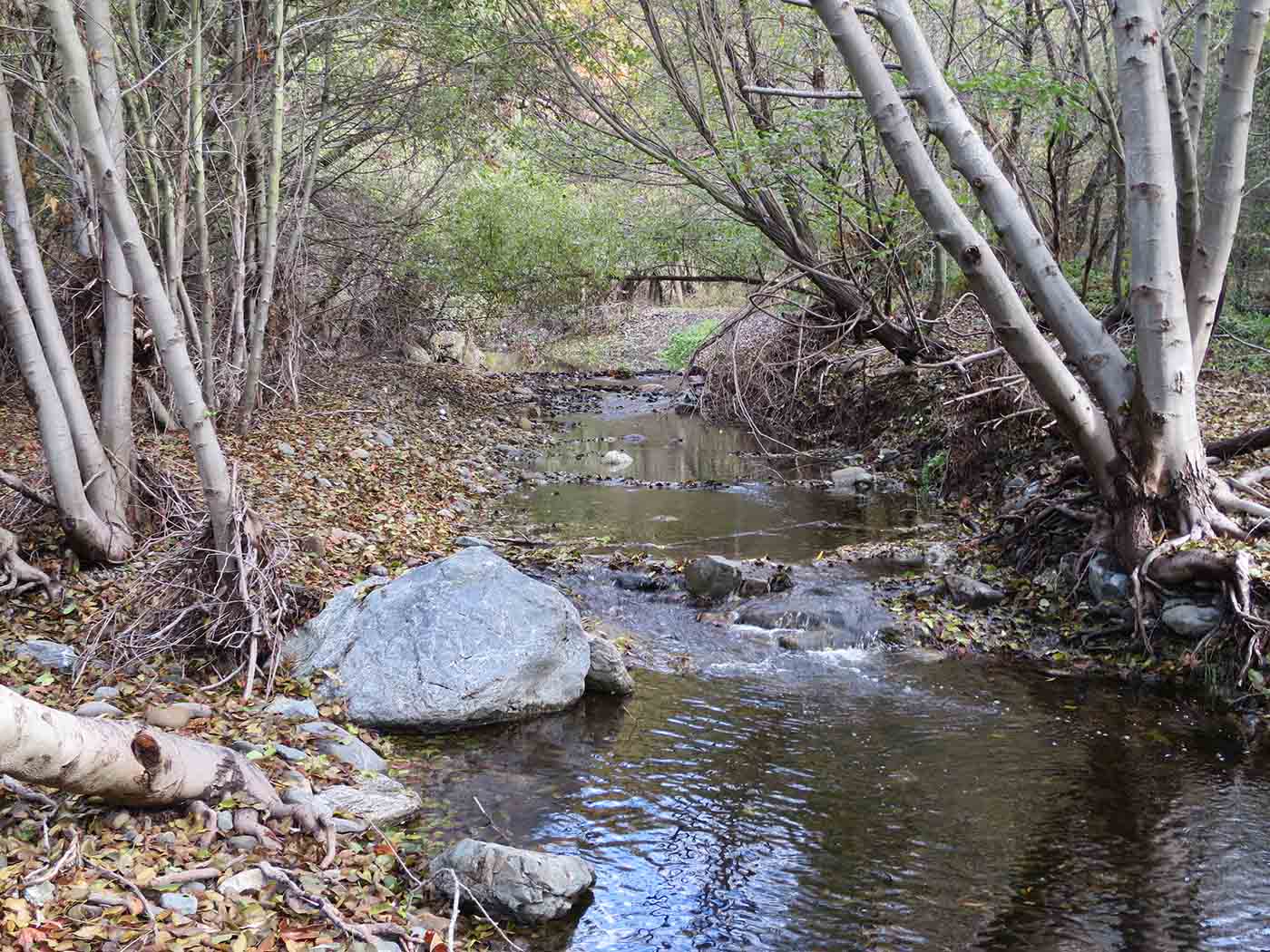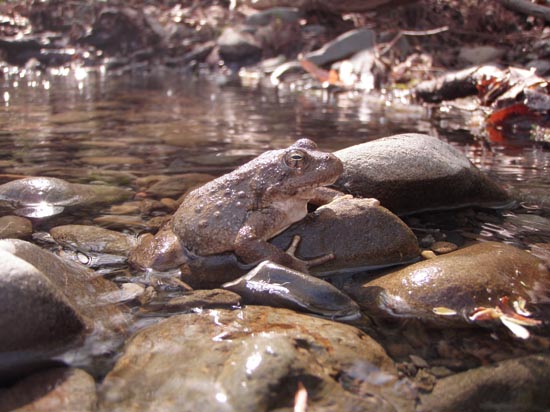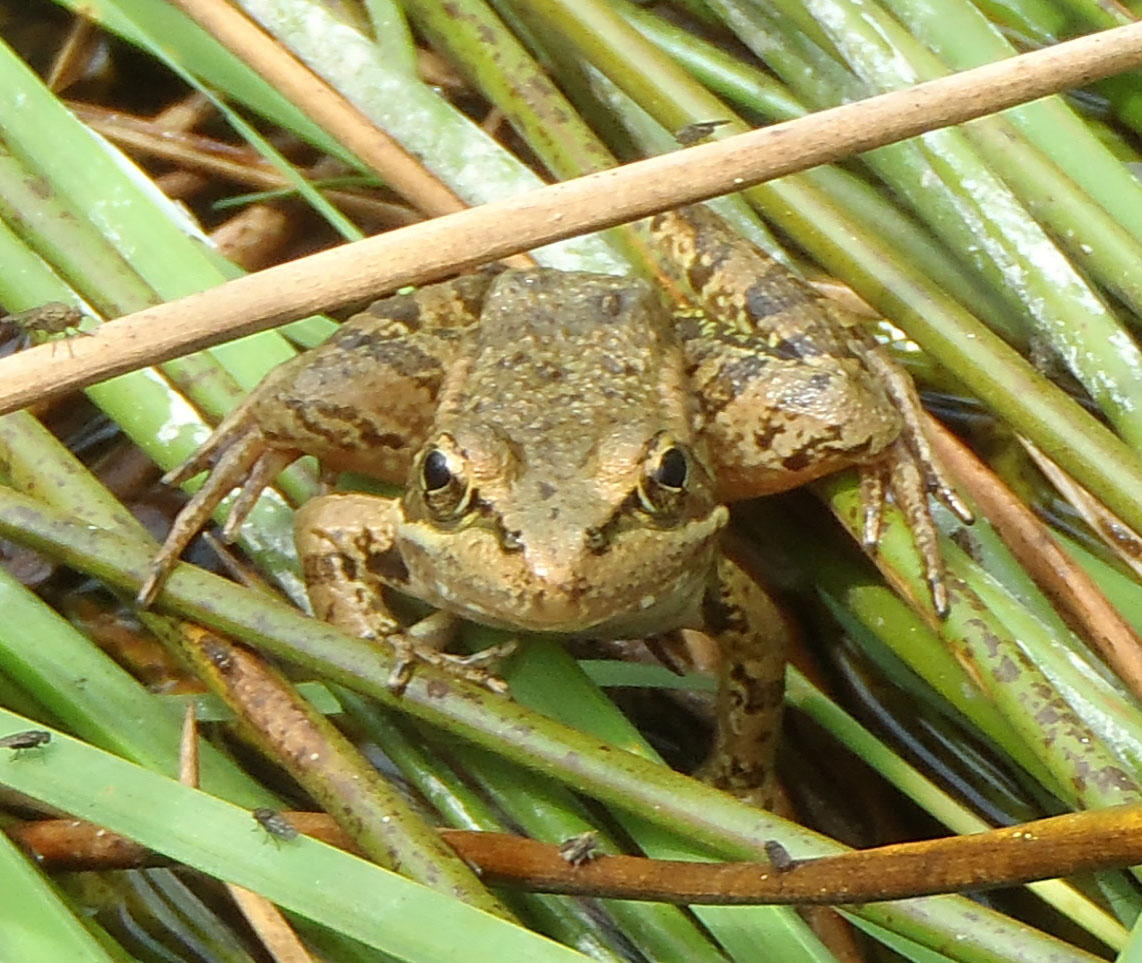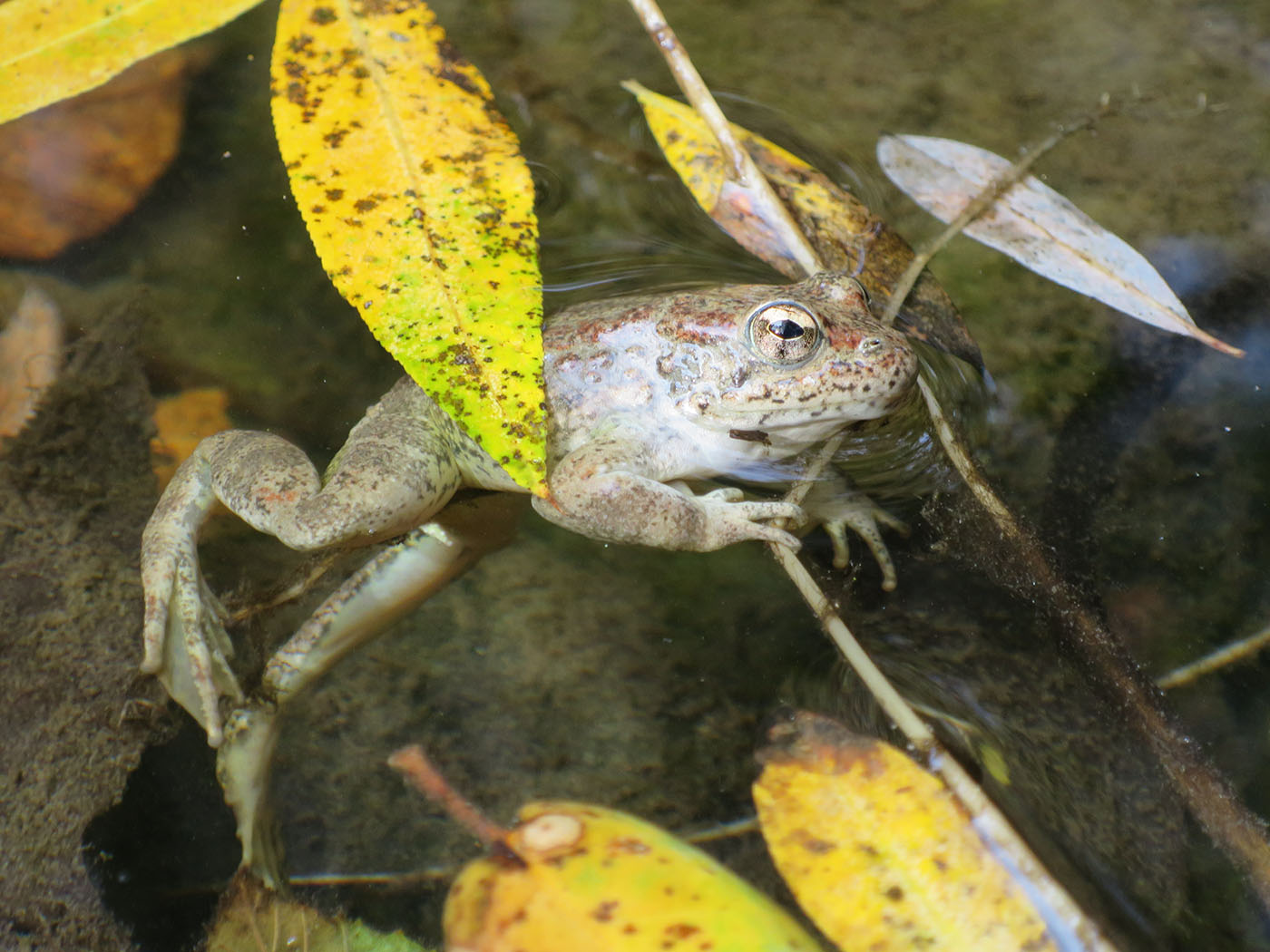Introduction
What image hops into your head when you hear “amphibian conservation?” You might imagine an ecologist in hip waders trekking through a wetland and listening carefully for frog calls. Maybe you picture a team of frog-loving volunteers armed with shovels, working to create new habitat for a threatened amphibian species. From fundraising to habitat building to educating others, there are so many moving parts that go into successful conservation. While (muddy) boots on the ground work is crucial to protecting amphibians, there’s a vital part of their conservation that often flies under the radar– the work that happens inside of a courtroom.
Environmental lawyers are crucial to the long-term protection of amphibians all over the world. These dedicated professionals defend habitats from threats like pollution, development, and the effects of climate change, often working side-by-side with conservation groups. According to the London School of Economics and Political Science, the number of climate-related legal cases worldwide has doubled since 2015. With an increasing number of environmental regulations in the crosshairs, legal advocates are needed now more than ever to protect the animals who call our planet home.
One of these advocates is Michael Graf, a California-based attorney who specializes in environmental law. Since passing his bar exam in 1988, Michael’s spent years in court fighting legal battles for the good of our planet.

Meet Michael Graf
Michael’s affinity for amphibians started early. “I was one of those kids who collected frogs and chased after frogs in the 60’s and early 70’s, especially up in Lake Tahoe. My parents had a cabin up there,” he recalled. It was while exploring Tahoe’s alpine meadows that Michael became familiar with the Sierra Nevada Yellow-Legged Frog (Rana sierrae). These frogs were once abundant in the region’s high mountain ponds and streams, but have since disappeared from 90% of their historic range. Michael eventually ventured out into the world to pursue his education. When he returned to Lake Tahoe ten years and one law degree later, the frogs he chased as a child were nowhere to be found. “When something disappears, you don’t even necessarily see it disappear,” he said. “But then in the 80’s I was starting to read stuff and I was finding out about various issues with amphibian declines, and I really got into it… I became very interested in this topic.”
After finishing law school, Michael felt the pressure that many new attorneys feel when they enter the workforce – to wear a nice suit and land a decent job with a good law firm. After spending some time in corporate law, he decided it was time for a change. “I was always a little bit more wanting to represent environmental groups– the underdog type of stuff,” he said. “I worked for five years and I was thinking, there’s got to be something better than this.” It was difficult to land a job with an established conservation group, as they typically only hire one or two new attorneys each year. This didn’t stop Michael from pursuing his goals, and he ultimately went on to earn his Master’s degree in environmental science from UC Berkeley. If completing a Master’s degree and doing contract legal work along the way wasn’t enough, he even published a photographic book on plants in the Tahoe Basin. After spending time with firms that did environmental petitioning and working with other like-minded attorneys, Michael opened his own practice in 2003.
Attorneys of all concentrations face challenges unique to their profession. Legal framework is complicated, hours are long, and clients are demanding. Those practicing environmental law must navigate extra hurtles – resources are fewer, cases become politicized, and practitioners have to shoulder a deep concern for the planet’s well-being. After facing big developers and judges who do not necessarily prioritize the fate of a wetland (much less the fate of a frog), Michael is no stranger to these hurdles. “Some of my big frustrations are when you go before a judge who really doesn’t care about environmental issues, and it’s all about progress and economic development,” he said. “You end up potentially losing meritorious cases because the judges just don’t like them. It can be very ideological and political.”
Despite these frustrations, Michael has still managed to secure important legal victories for the environment and for amphibians. In one case, Michael represented the Granite Chief Wilderness Protection League in a lawsuit against Squaw Valley Alpine Meadows ski resort (now called Palisades Tahoe) over their plans to construct a gondola near a wilderness area. He argued that the construction would result in negative impacts to Sierra Nevada Yellow-Legged Frog habitat and the surrounding watershed. In the end, the two parties reached a settlement: Squaw Valley was permitted to build the gondola, but they had to provide funding for monitoring, research, and the development of new frog habitat. Michael later represented the Center for Biological Diversity to challenge the U.S. EPA’s federal registration of 66 pesticides suspected of contributing to the decline of the California Red-Legged Frog (Rana draytonii). The court ultimately ruled that unless the EPA consulted with the US Fish and Wildlife Service to prove that these pesticides had no negative environmental impact, they could no longer be used in areas near critical frog habitat.
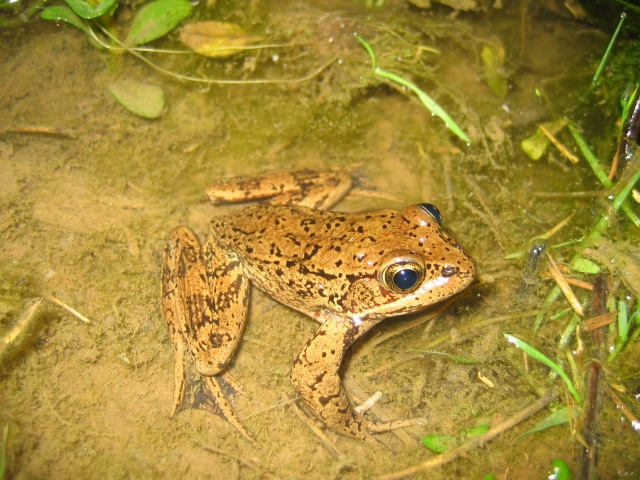
Saving The Foothill Yellow-Legged Frogs
In 2015 Michael helped SAVE THE FROGS! stop The City of San Francisco’s Little Yosemite Fish Passage Project, a project that would have destroyed critical amphibian habitat in Alameda Creek. He wrote a letter to the San Francisco Planning Department on behalf of SAVE THE FROGS! stating that the project failed to consider impacts to native amphibians and violated the California Environmental Quality Act. Only eleven days later, the City responded to say that they were abandoning the project altogether. Michael was instrumental in helping Save the Frogs! secure this victory. As a result of his efforts, critical habitat for the Foothill Yellow-Legged Frogs (Rana boylii) and a variety of other native amphibian species was spared from destruction.
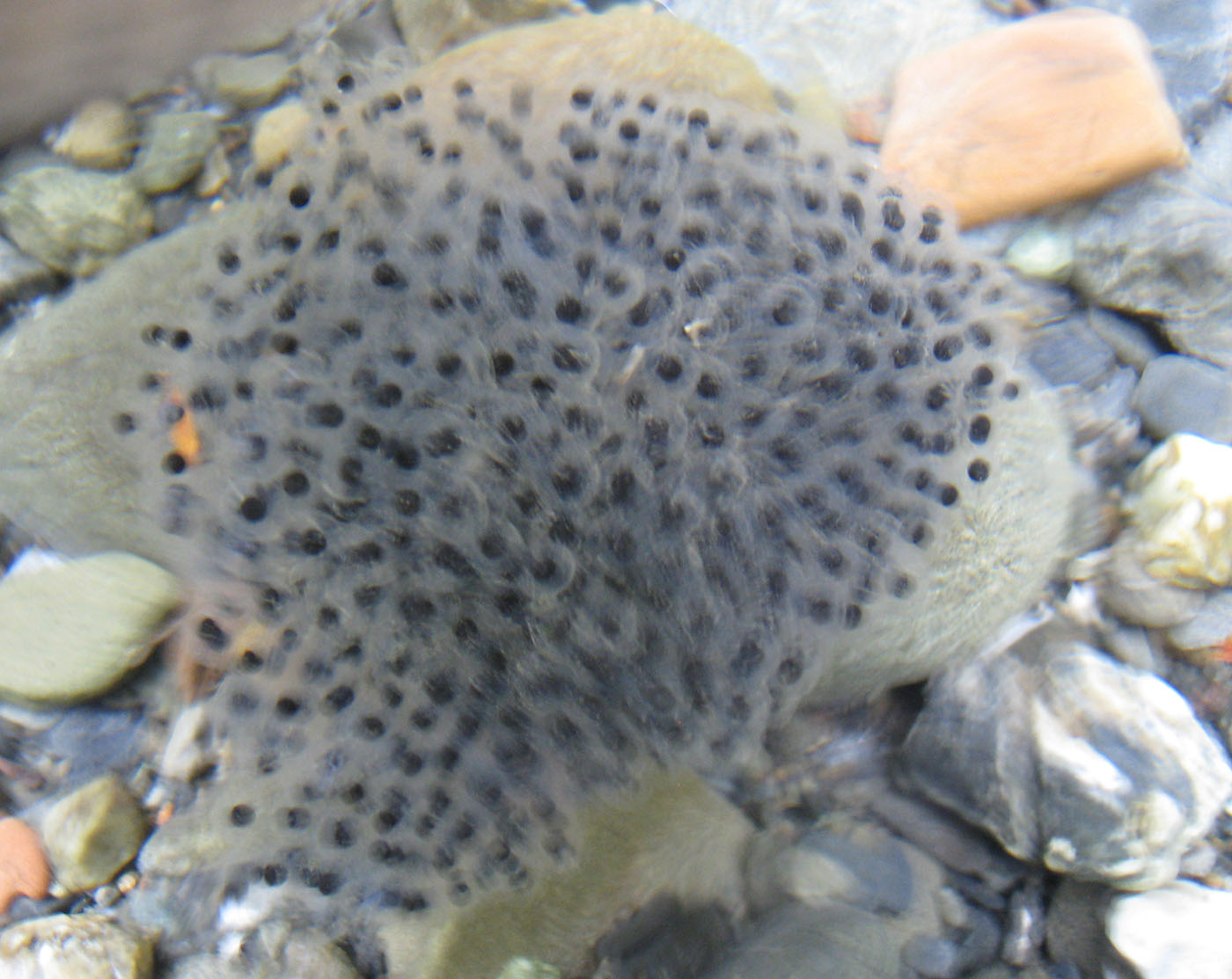
In today’s world, remaining positive about conservation efforts sometimes feels impossible. The facts are sobering: the IUCN Red List estimates that 41% of amphibians are threatened by extinction (IUCN, 2021). Now more than ever, it’s crucial to sift through the bad news and find reasons to be hopeful – whether these reasons come from a wetland or a courtroom. One piece of good news comes from a 2016 study published by researchers from the University of California. This study found that after many years of decline, Sierra Nevada Yellow-Legged Frog populations were rebounding in parts of Yosemite National Park (Knapp et al. 2016). Another bright spot occurred on Capitol Hill in March 2021, when U.S. Representatives introduced the Global Amphibians Protection Act. If enacted, this measure will support efforts to protect endangered amphibians worldwide.
One way to find hope is by looking to individuals like Michael Graf who care deeply for our environment and work to give amphibians a fighting chance. As the battle to protect our natural world continues, courts will play a huge role in maintaining biodiversity and protecting habitats. Next time you hear the phrase “amphibian conservation,” be sure to also think about the attorneys who speak up on behalf of our environment and the amphibians who live there.
